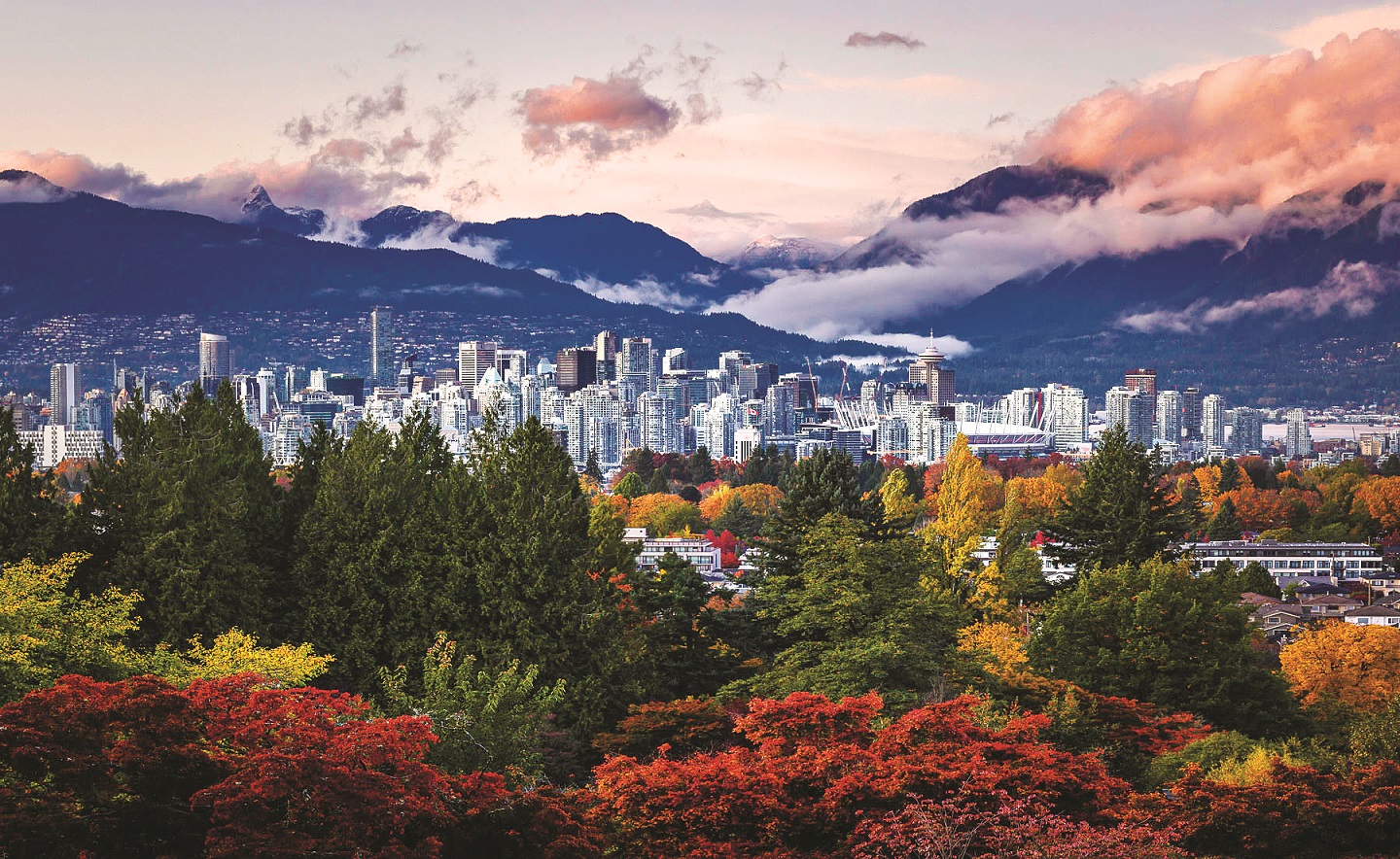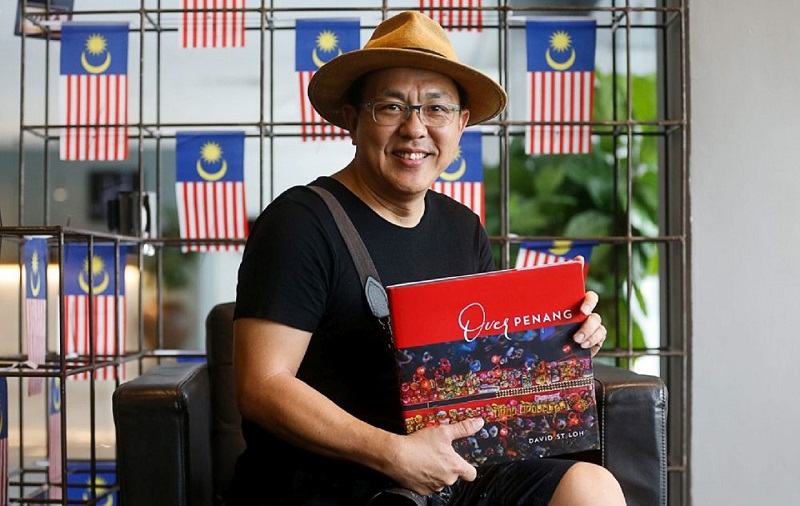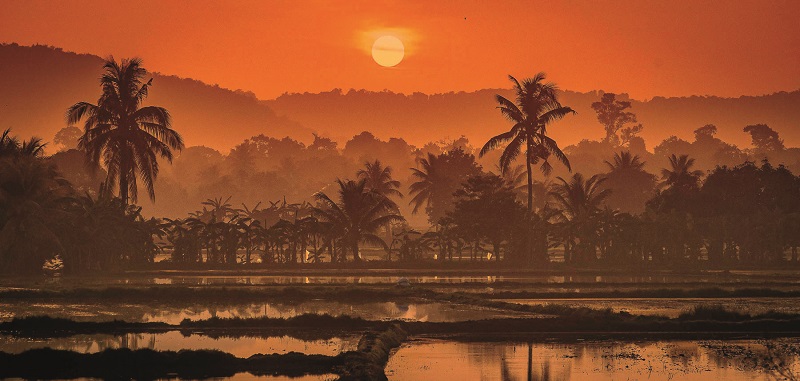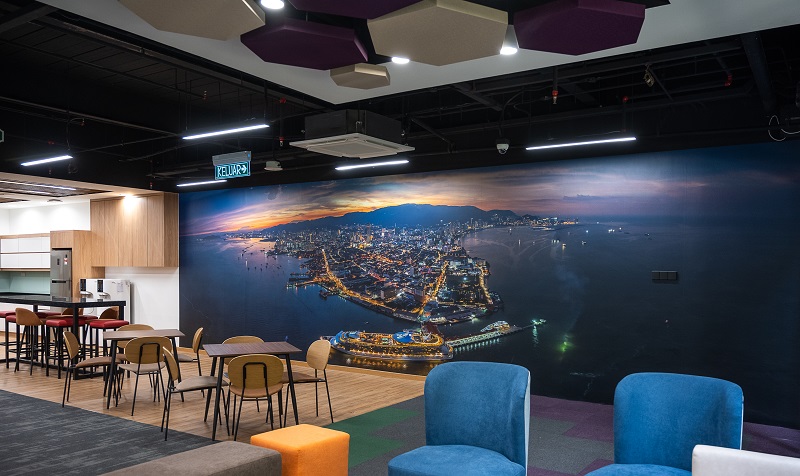
Skyline of Vancouver, Canada (All photos: David ST Loh)
There is more to the saying “do what you love and you will never work a single day” than meets the eye. In reality, many have discovered that while passion is crucial, it takes a lot of hard work to hone a skill. And even then, a successful career and financial freedom are not guaranteed.
Take photography. Developing a photographic eye is just the start. Professionals may have to dive into oceans, camp at the frontlines, brave harsh weather, set up at ungodly hours, bide their time and literally bend over backwards for the perfect shot. You need passion yes, but diligence and persistence are also essential.
Penangite David ST Loh can attest to that. He has spent more than 30 years in the media industry, most of them as a photojournalist and, subsequently, editor of the pictures desk at news organisation Reuters. His work has taken him all over the world and his images have graced the covers of many publications, including The New York Times, The Washington Post and Financial Times.
david_st_loh_author_over_penang_1.jpg

It was during one of his trips, a liveaboard journey in the Maldives, that he met wildlife photographer Joshua Barton, who specialises in undersea imagery. They quickly became friends and Loh participated in several diving trips with Barton after that. “I followed Joshua to swim with the blue whales in South Sri Lanka twice in 2013 and 2014, and we discovered that we worked well together,” says Loh in an email interview.
When Barton started Image Asia — a company that sells high-quality images — in 2014, Loh was invited to be a partner. Four years later, Barton shifted the company’s focus to commercial work as he realised there was a gap in the market. It is no secret that stock image banks strive to provide customers with the lowest rates possible, but that devalues the photographer’s hard work.
“If the photographers cannot make much from their images, there is little incentive for them to contribute their best work or to participate at all,” Loh points out. Stock sites offer millions of pictures but often, they are of poor quality and low resolution. “Photographers make too little to thrive and customers get, well, cheap stock.”
david_st_loh_sunrise_in_sungai_siput_3.jpg

To enable photographers to make a living from their craft, the company changed its approach and partnered distinguished professionals to build an inventory of exceptional, gallery-worthy images. Part of its service includes streamlining technicalities that would be confusing to customers, including licensing, printing, material selection and expert installation — all at a fair price. This opened up opportunities with architects, interior designers and art lovers who were looking for interior image solutions.
It helps that the high-resolution images can be printed on a variety of media, in virtually any size — extra-wide panoramas are their speciality — and all the installations come with a five-year warranty. “We have a proprietary software with which architects and interior designers can create projects, find images in our database, verify acuity or the resolution for the intended size, preview the images based on their own perspectives or site pictures, and order the job,” Loh explains.
Last year, Barton renamed the company TigerTiger Graphics to create a less country-specific identity. Unlike regular image banks, TigerTiger emphasises quality rather than quantity. “We are not looking for millions of images,” Loh says. “All our photographers are by invitation only or through recommendations by people we know. When the photographers file their images, we have experienced curators to vet them and only accept the best of the best.”
david_st_loh_actual_installation_-1120.jpg

After leaving Reuters, Loh continued to take photos during his travels. When he moved back to Penang, he rediscovered his hometown through his camera lens, capturing landscapes, street scenes and festivals unique to the island with fresh eyes. The photos were published in his first pictorial book, Over Penang, which won the National Library of Malaysia Book Award 2020.
Some of his most iconic panoramas are available through TigerTiger, alongside the works of many world-renowned photographers such as Gary Hershorn, who was a former colleague of Loh’s at Reuters. Hershorn has photographed multiple Olympic Games, Masters Tournaments in golf, Academy Awards, Super Bowls, World Cups and major news events, but the Canadian has chosen to share photos from his personal project documenting the skyline of New York City on the website. TigerTiger currently features the work of 20 photographers from around the world.
With Covid-19 still rampant, most artists, including photographers, are struggling to survive, especially those with only a single source of income. According to Malaysia’s Cultural Economy Development Agency’s Impact on the Arts Report, conducted last March and April, 93% of the arts players surveyed were negatively impacted by the pandemic and close to 70% had lost most, if not all, of their income.
“We are lucky that we are well diversified,” says Loh. “In the last four years, I’ve gone through seven job changes, from a photo editor to a photojournalist, dronescape artist, entrepreneur, publisher, gallery owner and publishing consultant. Because I am still doing the last five jobs, assisted by my wife Rebecca, it has given us enough income to survive this difficult time.
“TigerTiger owes its success to helping photographers make a living from their craft, to provide a platform for them to make good margins and reach markets and opportunities that they never could on their own. The result is that our photographers make a good income and our clients keep getting affordable, great images.”
Due to the success of Over Penang, Loh has been in talks with Tourism Malaysia to start an Over Malaysia project, on top of another book showcasing the best of Langkawi. “We have four books to produce in the next four months,” he says. “One of the books is for my old school, the Methodist Boys School in Penang. We are producing their 130th anniversary commemorative book and helping them raise RM300,000 to RM400,000.”
This article first appeared on Mar 22, 2021 in The Edge Malaysia.


